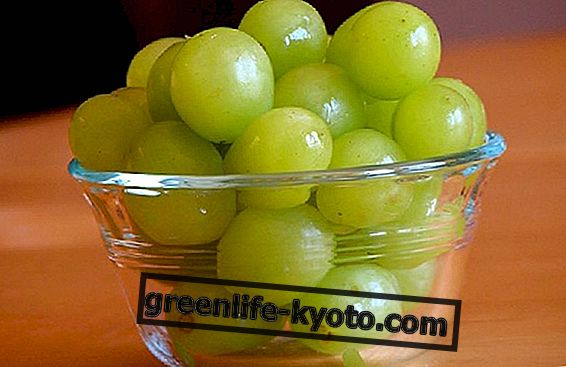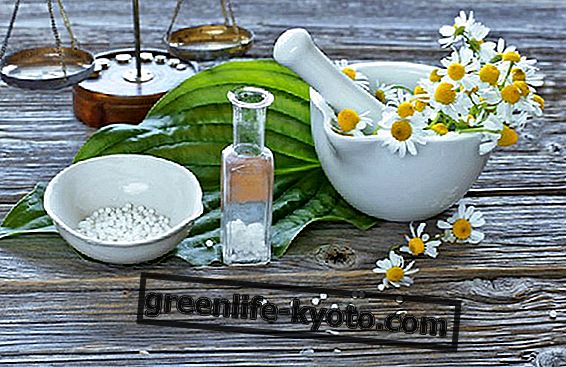Curated by Maria Rita Insolera, Naturopath
Celeriac ( Apium graveolens var. Rapaceum ) belongs to the Umbelliferae family. It provides a reduced caloric intake and has diuretic and purifying properties thanks to the essential oils it contains. Let's find out better.

Description of celeriac
Celeriac is a vegetable grown in particular in Northern Italy (in fact it is better known as Verona celery ), while in the south it is not commonly known.
Celery root has a brown root on the outside and white on the inside, with a globular and knotty shape. The leaves, on the other hand, are dark green and the stems are hollow inside. The general appearance is uninviting but this is well compensated by its delicate flavor.
This plant has a two-year cycle and is harvested from the end of August and lasts until December or until the first frosts start.
Calories and nutritional values of celeriac
Celery contains 23 Kcal per 100 g of product and consists of a considerable amount of water (about 88%).
Furthermore, the root of celery root contains carbohydrates, proteins, fats, many fibers and a good amount of antioxidant vitamins and mineral salts, such as iron, potassium and manganese.
Properties of celeriac
Celeriac has a rather strong aroma, due to the presence of an essential oil, with a diuretic and purifying action .
Celeriac has remineralizing properties, being rich in: selenium, calcium, iron, phosphorus, iodine, magnesium, manganese, potassium, copper, sodium. It also contains vitamin A, B-complex vitamins and vitamin C. Among its properties, we also mention the tonic, expectorant and digestive action.
For this reason, celeriac is recommended for people with digestive difficulties, in cases of asthenia and to recover during a convalescence.
It is good to know, however, that due to the presence of some proteins, celeriac is a potentially allergenic food for those sensitive and predisposed to food allergies.
Learn more about the causes and remedies of difficult digestion

How to use celeriac
Celeriac is a vegetable used more in the culinary than therapeutic field. In fact, it finds its use in the kitchen in the preparation of salads, so it is consumed raw, where the properties of the essential oils of the plant help to purify the body from waste and favor diuresis.
However, celeriac can also be a healthy side dish if cooked in a gratinated oven, fried in a pan or added to soups and soups. It is advisable to buy celeriac when it reaches a weight ranging from 600 to 700 grams: this represents the ideal weight that reflects the quality of the product.













